Table of Contents
Uncertainty has become the standard for HR professionals in today’s world. New technologies, changing workplaces, regulatory shifts – the pace of change only seems to be accelerating. In these conditions of HR uncertainty, the old ways of operating simply won’t cut it anymore.
HR teams that fail to adapt risk becoming obsolete. However, with the right mindset and strategies, there is a path forward. HR adaptability in times of change enables organizations not only to survive but thrive. The key is to embrace agility, innovation and a forward-thinking approach.
This article will explore practical steps HR can take to become a role model of positive transformation. By leaning into adaptability and flexibility, HR can play a pivotal role in helping their organizations navigate uncertainty and prepare for the future of work. The outcome is a more empowered, engaged workforce ready to tackle new challenges.
How HR Can Lead with Agility in Times of Change?
1. Accept that change is here to stay
The first step towards adaptability is accepting that change is constant and only accelerating. HR professionals can no longer expect the relative stability and predictability of previous decades. Innovations are arriving faster than organizations can keep up. Consider the major impacts of just the past few years:
- AI and automation are transforming how work gets done, requiring new skills and job roles. HR must understand these technologies to prepare the workforce.
- The gig economy has created a massive contingent workforce. HR needs to manage and optimize blended workforces of employees, contractors and freelancers.
- Remote and hybrid work models went from niche to mainstream during the pandemic. HR needs to create flexible policies to attract and retain talent.
And the pace of change shows no signs of slowing down. Other innovations on the horizon include virtual/augmented reality, blockchain, quantum computing and more.
HR professionals who stick to inflexible policies, static job roles and outdated processes designed for stable environments will struggle. As business strategist Tom Peters famously stated: “If a window of opportunity appears, don’t pull down the shade.”
The mindset shift required is to view uncertainty as an opportunity, not a liability. Changing conditions enable organizations to reinvent themselves. Adapting quickly allows for gaining a competitive advantage and winning top talent.
Of course, letting go of old certainties can feel threatening. But fighting against change is counterproductive and limits growth. Rather than resist, HR should proactively drive change and equip workforces to embrace new realities. With an agile and forward-looking mindset, HR can transform disruption into an advantage.
2. Build organizational agility
Once HR embraces adaptability as a mindset, the next priority is building organizational agility.
Agile organizations can quickly read market conditions, identify changes in the environment, and respond effectively. HR professionals play a key role in developing this agility.
Some key strategies include:
- Implementing flexible policies and structures: Rigid hierarchies, rules and norms slow down adaptation. HR should move towards more dynamic team-based structures. Create scalable systems that can quickly expand or contract as needs change.
- Enabling continuous learning: With rapid changes in technology and markets, ongoing learning is imperative. Provide resources and incentives for employees to gain new skills. Cultivate a growth mindset. Make training easily accessible through online platforms and mobile delivery.
- Facilitating internal mobility: Make it easy for employees to move across projects and departments. Job rotation programs expand skill sets and expose employees to new functions. This boosts agility as people can more easily shift as priorities change.
- Championing diversity and inclusion: Diverse teams with complementary strengths adapt better to complex challenges. Ensure talent pools and hiring practices foster diversity. Inclusive cultures empower people to offer divergent perspectives and think creatively.
- Decentralizing decision-making: Rather than concentrating authority with a few executives, push decisions down to on-the-ground employees closest to emerging challenges. This speeds up adaptation. Pair this with accountability to drive ownership.
- Using agile methodologies: Borrow project management frameworks from software development like Scrum and Kanban. New features can be continuously added and improved to meet changing needs.
With these strategies, HR enables every part of the organization to be more sensing, responsive and adaptive. As new technologies and market conditions arise, the company can shift swiftly.
3. Promote a Growth Mindset
Organizational skillfulness requires more than just structural changes. It also depends on cultivating a growth mindset across the workforce. This means viewing change and uncertainty as opportunities for improvement and development rather than threats.
A fixed mindset leads people to avoid risk and novelty. When change arises, they react defensively. In contrast, a growth mindset drives curiosity, learning and an openness to challenge current ways of operating.
When people believe their abilities can grow through effort, they are eager to build new skills. Obstacles are seen as chances to expand capabilities rather than signs of personal failure. Failures become valuable lessons.
HR professionals should support growth mindset thinking and behaviours at all levels of the organization. This includes:
- Rewards and recognition for employees who demonstrate agility, learn new skills and embrace change initiatives. Make growth and development integral to performance management.
- Leadership modelling – executives and managers should role model a growth mindset by admitting mistakes, taking smart risks, and openly learning new things.
- Coaching programs that help employees reframe challenges as opportunities and cultivate personal resilience amidst change.
- Onboarding and training that sets expectations for flexibility and continuous learning.
- Change evangelists – identify and empower influencers across the company who can promote excitement rather than fear around change.
The most agile organizations have a shared belief that abilities grow with effort over time. People feel safe to try new approaches, even if they fail at first. This collective mindset empowers HR to drive positive change initiatives.
4. Leverage Data and Technology
Amidst an environment of HR uncertainty, data and technology provide useful tools for adapting more confidently.
Advanced analytics enable HR professionals to spot trends early before they fully unfold. Predictive algorithms help forecast scenarios so HR can devise robust workforce plans.
Some ways HR can harness data and technology include:
- Talent forecasting – Analyze demographics, retention rates, and skills gaps to predict talent needs. This allows for more proactive recruiting and workforce development.
- Internal mobility analytics – Identify transferrable skills and model optimal employee mobility plans. This builds workforce dexterity.
- Sentiment and engagement analysis – New tools can compile unstructured feedback and analyze emotions at scale. This allows HR to take the pulse of organizational culture.
- Productivity tracking – Measure productivity via metrics like output, quality, and time. Look for opportunities to remove friction through improved processes and automation.
- Innovation analytics – Quantify innovation levels and identify gaps. Look at metrics like patents filed, new products launched, and employee ideas.
5. Plan Ahead
Navigating uncertainty requires planning for multiple potential scenarios. HR professionals should adopt a mindset of being strategically proactive rather than tactically reactive.
HR has an opportunity to drive readiness by thinking ahead and anticipating changes on the horizon. Some ways to get started include:
- Scenario planning: Create various hypotheses for how the future could unfold. Factors will include technology shifts, economic conditions, competitors, regulations, and more. For each scenario, detail the HR implications. This highlights vulnerabilities to address and opportunities to capitalize on.
- Contingency planning: For mission-critical workforce needs, have contingency plans ready to implement if disruptions occur. Identify alternative suppliers and resources. Outline immediate responses if a crisis hits to minimize talent gaps.
- Workforce forecasting: Project forward at least 3-5 years to estimate talent gaps. Build recruiting, development and mobility plans to get the workforce future-ready. Model different scenarios and identify triggers to activate strategies.
- Emerging tech monitoring: Keep apprised of technological advancements on the horizon. Assess the organizational impacts. Get ahead of disruption curves by piloting emerging tech. Reskill staff before needs become acute.
- Policy reviews: Regularly review policies to ensure they provide enough flexibility to adapt to changing needs. Remove outdated constraints that limit manoeuvrability.
- Peer benchmarking: Network with peers to learn how other HR teams are preparing for and responding to change. Replicate creative practices and apply lessons learned.
With solid plans in place, organizations can ride more smoothly as conditions shift. Having options ready to deploy enables quick responses to new opportunities or threats.
6. Seek Feedback
Regular feedback provides crucial insights that inform adaptation. In times of uncertainty, assumptions can quickly become outdated. Close engagement with both leadership and employees across the organization is vital.
Some ways HR can solicit useful feedback include:
- Pulse surveys: Send brief, targeted surveys to assess employee sentiment on specific issues. Use real-time dashboards to monitor trends. Pulse during major changes to catch any pain points.
- Focus groups: Convene cross-functional employee groups to discuss issues and solutions in depth. Gain qualitative insights into their experience.
- Town halls: Provide open forums for leaders to share context on business challenges. Allow employees to directly voice questions and ideas.
- Onboarding/exit interviews: Ask about the employee experience during onboarding and offboarding. Probe what works well and what needs improvement.
- Web traffic analysis: Monitor HR portal web traffic and button clicks to identify useful or neglected resources. Observe user experience frictions.
- Informal conversations: Maintain approachability and human connection. Have casual chats with employees at all levels to take the temperature.
- Anonymous input channels: Provide confidential ways for sensitive feedback. Monitor for issues that may not be openly visible.
Requesting ongoing feedback combats insularity. Blind spots are revealed, allowing course correction. Employees also feel heard, deepening commitment during uncertain times. As circumstances evolve, HR can adapt approaches based on real data from the ground.
Article you might be intrested in: Strategies for Boosting Employee Engagement in Difficult Times
Leverage HR Software to Enable Agility
While mindsets, policies and leadership set the stage, HR software systems provide the tools to execute an agile HR strategy.
Technology creates infrastructure for continuous adaptation. Automation handles routine tasks so HR professionals can focus on value-add. Data provides insights to guide decisions.
Some key features of the best HR software include:
- Centralized cloud platforms that are mobile-accessible from anywhere. This allows HR to respond swiftly.
- Self-service for employees and managers to access information and complete tasks. This reduces dependency on HR for basic needs.
- People analytics to spot trends and predict future talent needs more accurately.
- Automated workflows that can quickly adapt as processes change, enabling more responsive HR service delivery.
- Integration capabilities to connect disparate HR systems into one unified platform. This provides comprehensive data.
- Scalability to easily add/remove users, capabilities, and computing power as needs evolve.
- User-friendly interfaces require minimal training. Employees can rapidly adopt new tools.
- Real-time dashboards to monitor engagement, productivity, and other HR metrics.
- Mobile optimization so HR tools are accessible anywhere for a distributed workforce.
With a foundation of flexible, connected HR technology, organizations gain the visibility and nimbleness needed to continuously adapt. Investing in the right capabilities positions HR to drive agility at scale.
When powered by adaptable tech, HR transforms from reactive to proactive even in uncertain terrain. The result is skilful navigation towards the workplace of the future.
Key Takeaways
Uncertainty and change are the new constants facing organizations today. HR teams that fail to adapt risk being left behind.
By embracing agility, foresight and a growth mindset, HR professionals can lead their organizations confidently into the future.
With the strategies outlined in this article, HR can drive the capabilities needed to continuously adapt, respond and progress.
The goal is not just to survive but to thrive amidst the winds of change. HR plays a key role in transforming uncertainty into opportunity.

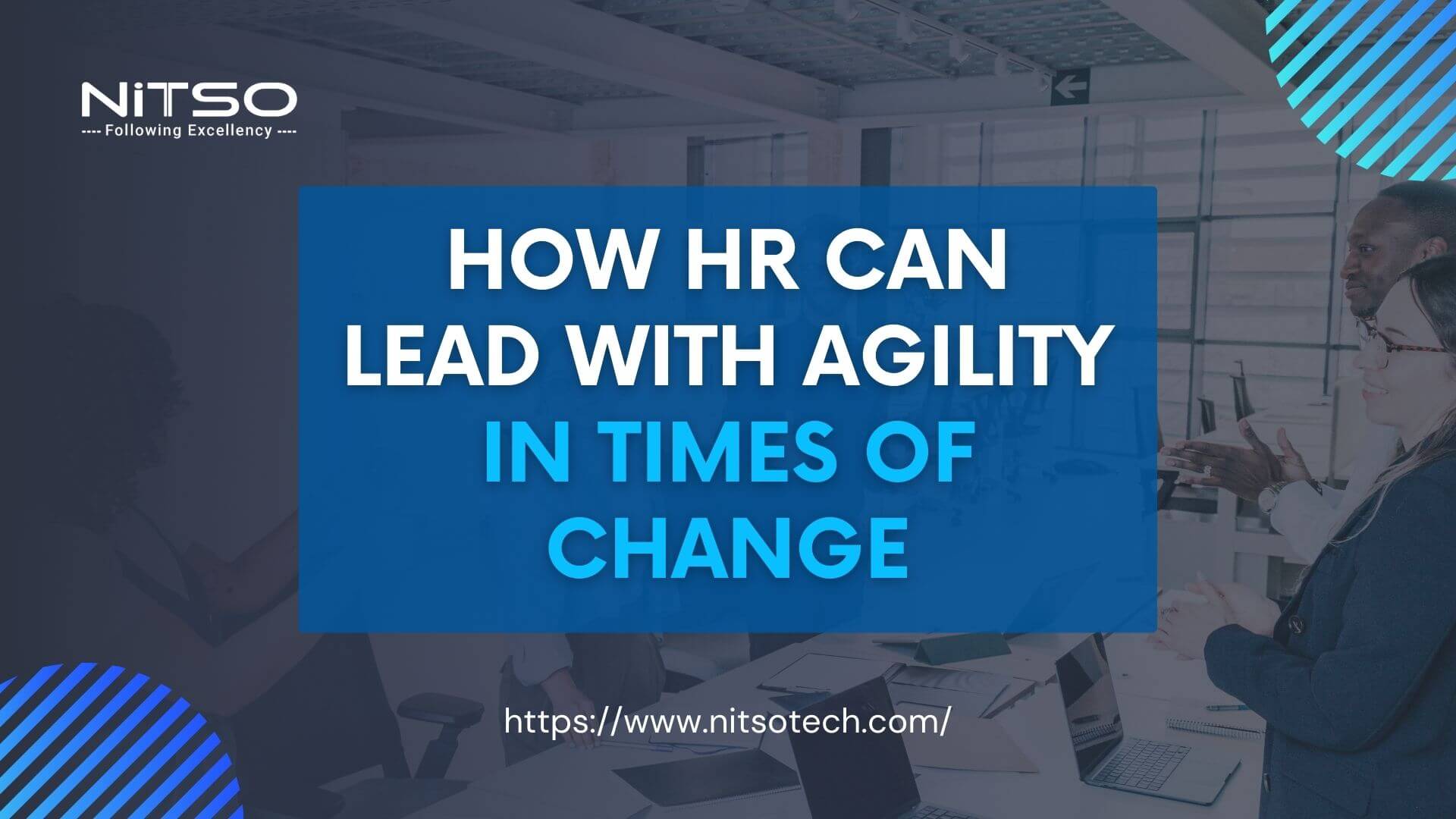

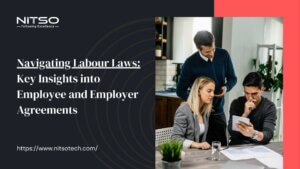
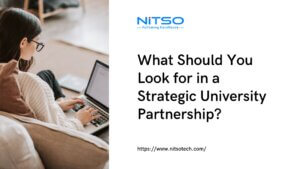
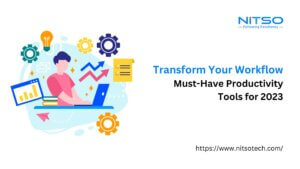
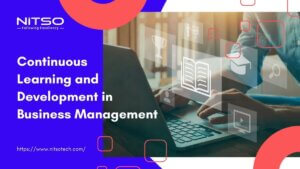

0 Comments